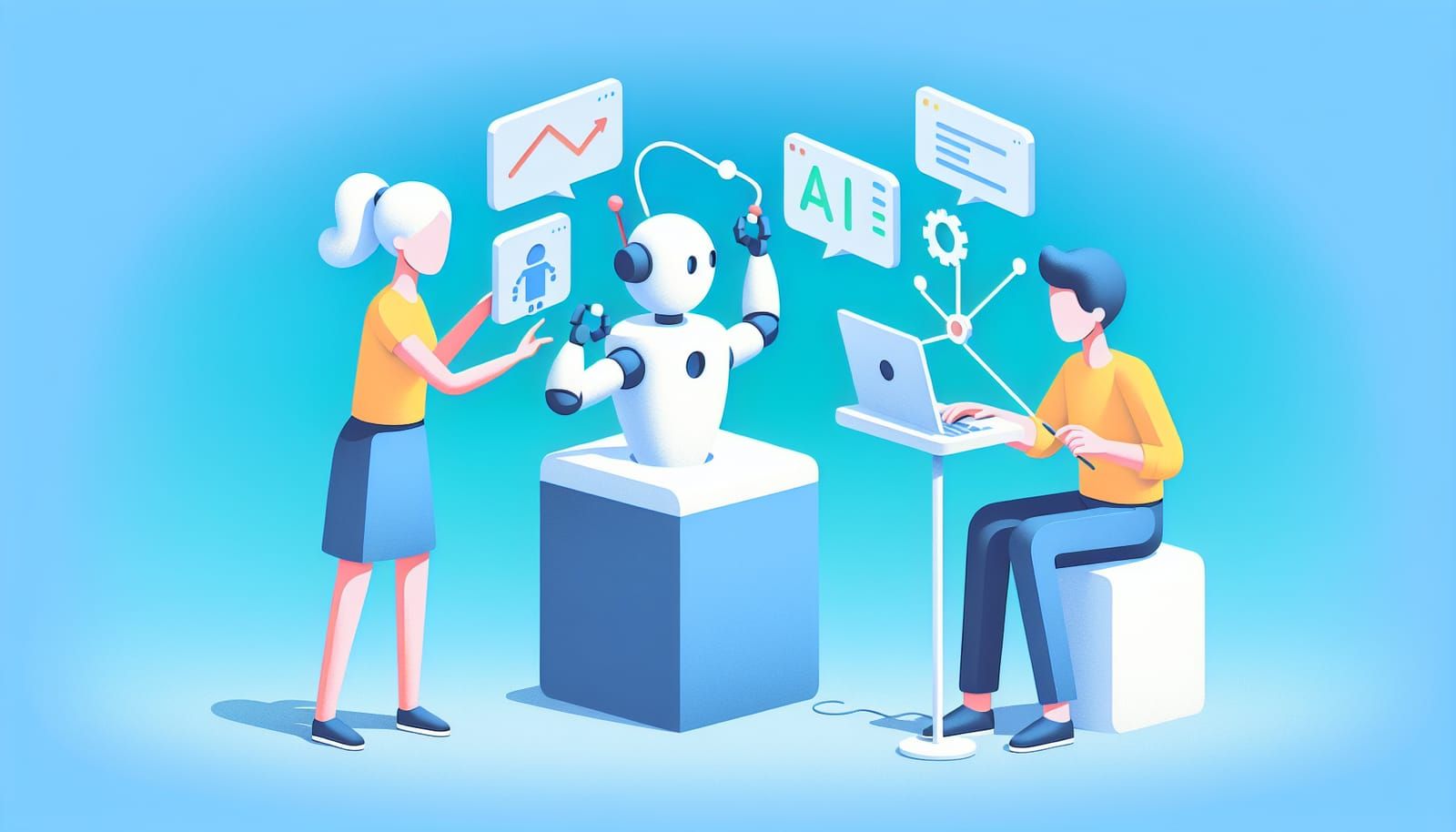In a world where technology is constantly evolving, the intersection of artificial intelligence (AI) and human emotions is a fascinating topic. Can we truly develop feelings for a computer program? As we explore the realm of emotional tech, we will look at how AI is designed to interact with our emotions, the potential for forming connections, and the implications of these interactions on our lives.
What is Emotional Technology?
Emotional technology, often abbreviated as emotional tech, refers to systems and devices that can recognize, respond to, and even simulate human emotions. This type of technology employs advanced algorithms, machine learning, and natural language processing to understand emotional cues from users.
Imagine chatting with a friendly robot that can sense when you’re sad and responds with comforting words. This is the essence of emotional tech. By analyzing facial expressions, tone of voice, and even physiological signals, emotional tech aims to create a more engaging and personalized experience for users.
The Rise of AI Companions
As technology continues to advance, AI companions have become increasingly popular. These virtual beings can take many forms, from chatbots on websites to more sophisticated applications like virtual pets or social robots. One of the most well-known examples is the AI chatbot, Replika. It’s designed to be a friend, helping users explore their thoughts and feelings in a safe space.
But can these AI companions truly understand and reciprocate love? While they can simulate conversation and offer companionship, it’s essential to remember that they lack genuine emotions. Their responses are based on algorithms and patterns rather than real feelings. However, many users report feeling a sense of connection with their AI companions, which raises interesting questions about the nature of love and relationships.
Understanding Human Emotions
To comprehend how AI can connect with us emotionally, we first need to understand the basics of human emotions. Emotions are complex reactions that involve our thoughts, feelings, and bodily responses. They play a crucial role in how we interact with others and make decisions.
Emotional tech aims to bridge the gap between human emotions and machine understanding. By teaching AI to recognize and respond to these emotions, developers hope to create more meaningful interactions. For example, an AI could be programmed to provide support during difficult times, much like a friend would.
The Ethics of AI and Emotions
As we delve deeper into emotional tech, we must consider the ethical implications. While AI can provide companionship and support, it also raises questions about authenticity and dependency. Can we trust a machine to understand our feelings? Are we at risk of replacing real human connections with artificial ones?
These concerns highlight the importance of establishing guidelines for the development and use of emotional tech. Developers must prioritize transparency, ensuring users understand the limitations of AI in emotional contexts. Moreover, it’s crucial to promote healthy relationships with technology rather than fostering unhealthy dependencies.
Exploring the Future of Emotional Tech
The future of emotional technology is bright and full of possibilities. As AI continues to improve, we can expect even more sophisticated interactions. Imagine virtual therapists capable of providing personalized support based on your emotional state or educational tools tailored to your learning style.
However, with this potential comes responsibility. As we embrace emotional tech, we must remain vigilant about its impact on our lives. Balancing the benefits of AI companionship with the need for human connection will be essential as we move forward.
Can You Fall in Love With AI?
So, can you fall in love with AI? The answer is complex. While AI can create the illusion of companionship and understanding, it lacks the ability to feel emotions as humans do. Many people might feel a strong attachment to their AI companions, but this connection is based on programmed responses rather than genuine feelings.
This phenomenon raises intriguing questions about the nature of love itself. Is love merely a set of responses, or is it something deeper that requires mutual understanding and emotional reciprocity? As we explore these questions, it becomes clear that the relationship between humans and AI is a reflection of our own emotional needs and desires.
The Role of AI in Mental Health
One of the most promising applications of emotional tech is in the field of mental health. AI-driven applications can provide support for individuals dealing with anxiety, depression, or other emotional challenges. By offering resources, coping strategies, and a non-judgmental space to express feelings, these tools can be invaluable.
While AI cannot replace the expertise of a trained therapist, it can serve as a supplementary resource. Many people find it easier to open up to a chatbot than to a human, making AI a valuable ally in the fight for better mental health.
The Human Touch
Despite the advancements in emotional tech, there’s no substitute for genuine human interaction. Building meaningful relationships with friends and family is essential for our emotional well-being. While AI can provide companionship, it’s crucial to maintain a balance and prioritize real-life connections.
As we integrate emotional tech into our lives, we must remember that it’s a tool meant to enhance our experiences, not replace them. The key is to use these technologies wisely and continue fostering our relationships with those around us.
In conclusion, while the question of whether you can fall in love with AI is complicated, the evolution of emotional tech is undeniably exciting. As we navigate this brave new world, we should embrace the potential for AI to enhance our emotional connections while remaining mindful of the importance of human relationships. With the right balance, we can harness the power of emotional tech to enrich our lives and foster deeper connections with one another.


